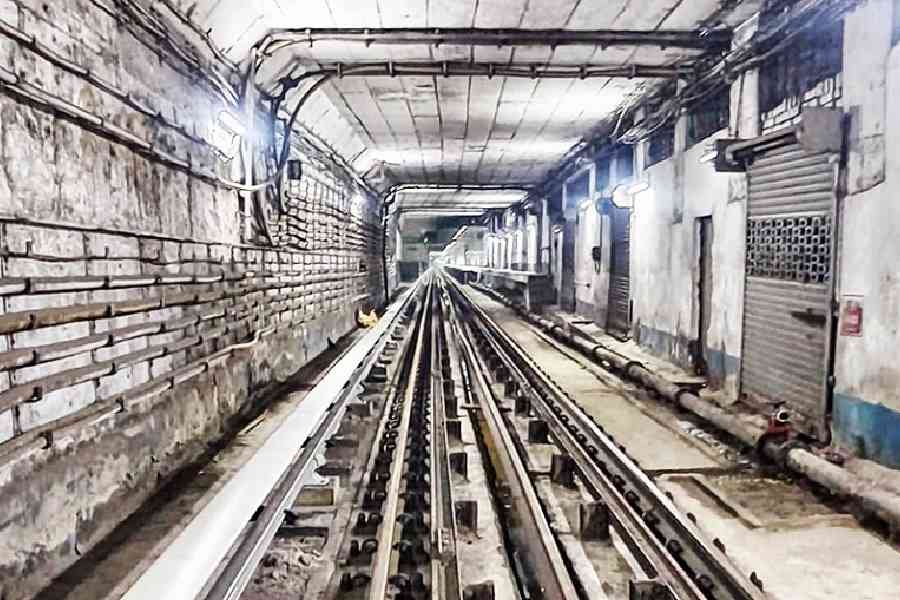 |
| Collision course |
London, Oct. 8: The riddle of how much water is on the moon could be solved tomorrow when Nasa “bombs” its surface, causing a plume of lunar dust that will be viewed by millions worldwide.
Scientists will see two spacecraft slamming into the moon’s south pole at 9,012kmph, kicking up a 9-km-high shower of debris that Nasa hopes will confirm the presence of enough water necessary to supply future visits by astronauts.
Amateur astronomers in parts of the world may be able to view the impact through a telescope; for everyone else, the crash will be broadcast live on the Nasa website along with early pictures of the lunar dust cloud.
The crashing spaceship was launched in June along with an orbiter that is now mapping the lunar surface. LCROSS, short for Lunar Crater Observation and Sensing Satellite and pronounced L-Cross, is on a collision course with the moon, attached to an empty 2.2-tonne rocket that helped get the probe off the ground.
In the early hours of tomorrow UK time (5pm IST), LCROSS and its empty rocket will separate. At 1131GMT the larger empty rocket will crash into a permanently dark crater and kick up a spray of debris. railing just behind that rocket is the LCROSS satellite itself, beaming back to Earth live pictures of the impact and the debris plume using colour cameras.
It will scour for ice, fly through the debris cloud and then just four minutes later take the fatal plunge itself, triggering a dust storm one-third the size of the first hit.
Dan Andrews, LCROSS project manager, said: “This is going to be pretty cool. We’ll be going right down into it. Seeing the moon come up at you is pretty spectacular.”
Amateurs with telescopes who live in the western US may try to catch a glimpse of it through their own instruments because it will still be dark outside but this will not be possible in Britain.











